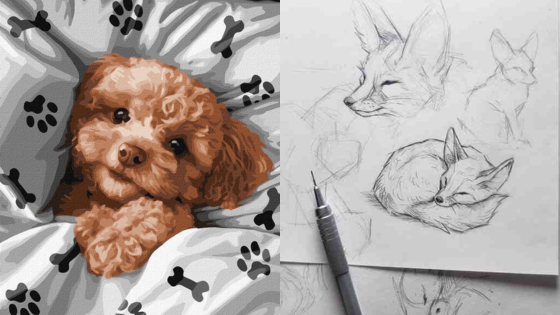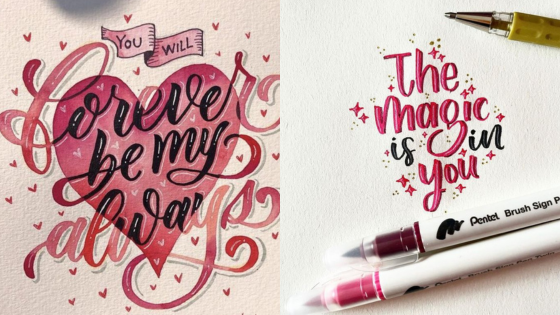Mastering the art of drawing facial expressions is essential for creating portraits that resonate with viewers. Capturing emotions and personality in your work not only elevates your art but also allows you to connect deeply with your audience. This blog post will guide you through the nuances of rendering emotions that reflect the essence of your subjects.
Understanding facial anatomy, coupled with the technical skills involved in expressive portraiture, will significantly enhance your ability to portray a wide range of feelings. You will discover tips and techniques that cater to both traditional and digital drawing practices, empowering you to choose the best methods for your artistic style.
As you learn to manipulate various elements of expression, your portraits will become more dynamic and relatable. By honing your skills in this area, you will open up new avenues for artistic expression and storytelling through your art.
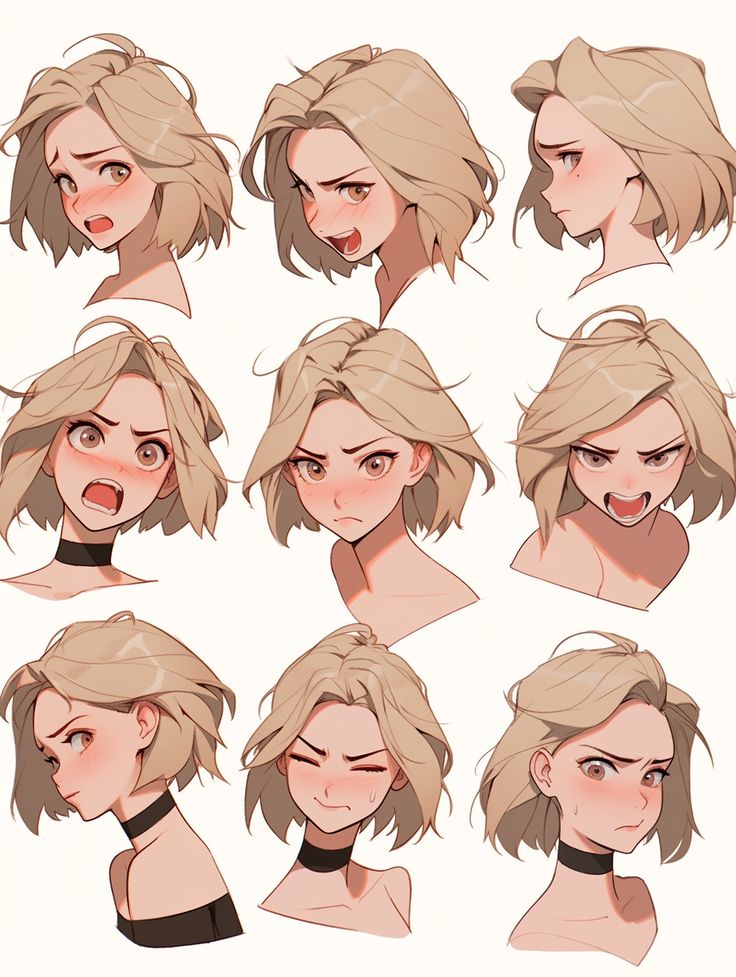
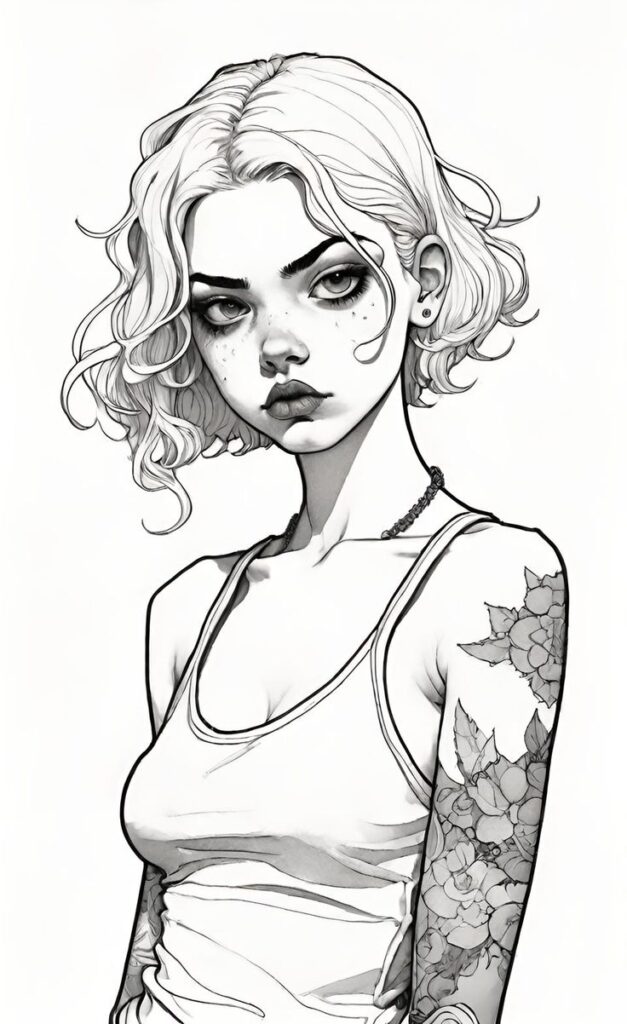
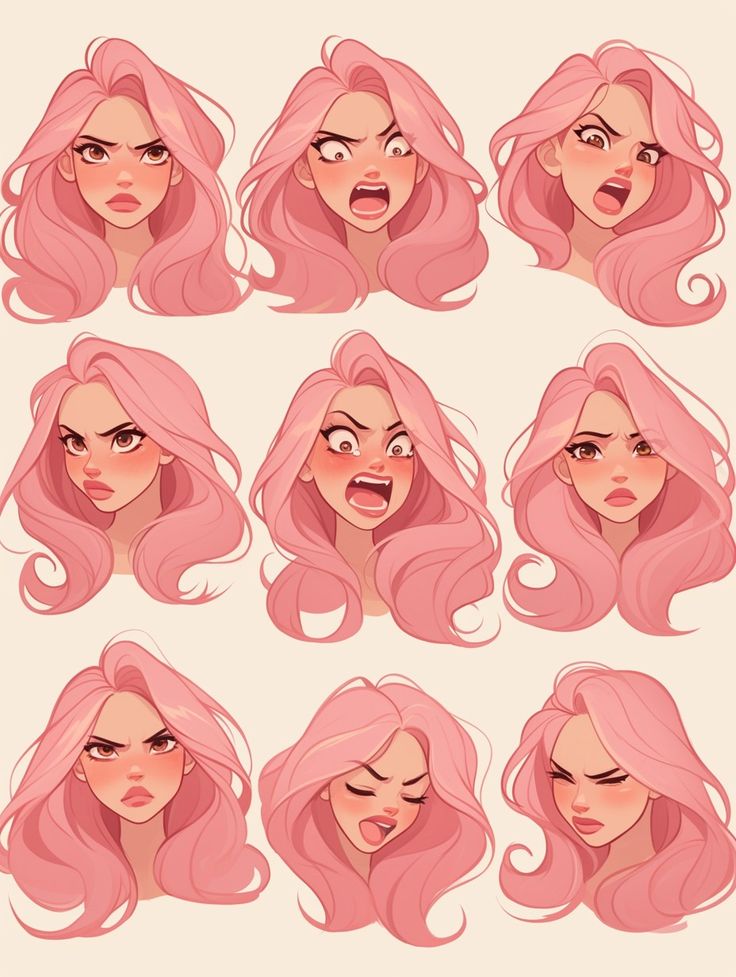
Key Takeaways
- Understanding facial anatomy enhances emotional portrayal.
- Mastering expressions elevates the connection with your audience.
- Technical skills facilitate effective and expressive art creation.
Fundamentals of Facial Anatomy and Proportions
Understanding the anatomy and proportions of the face is essential for accurately capturing emotions in your portraits. Familiarity with key facial features and their relationships will enhance your representation of personality through expression.
Anatomy of the Face
The face consists of several key features, each playing a critical role in expression. Eyes convey emotions and are often described as the windows to the soul. The eyebrows can indicate mood, with raised brows suggesting surprise or anger. The nose and mouth are central to conveying feelings; a slight change can dramatically alter the expression.
The jaw defines the lower part of the face, while the cheeks add fullness. The forehead can also express feelings, with furrows suggesting concern or thoughtfulness. Each feature must be studied in relation to one another, ensuring accurate placement and proportion.
Techniques for Drawing Proportions of the Face
Maintaining correct proportions is vital for realistic portraits. Use the five-eye rule, where the width of the face is roughly five eyes wide. The eyes sit approximately halfway down the head. Position the nose about halfway between the eyes and the chin, while the mouth generally lies one-third of the way down from the nose to the chin.
When sketching, employ light guidelines to help establish the placement of the jaw, cheeks, and forehead. You can create a simple grid to visualize these proportions accurately. An understanding of how to adjust these landmarks based on the individual’s unique features is crucial for depth in your portraits.
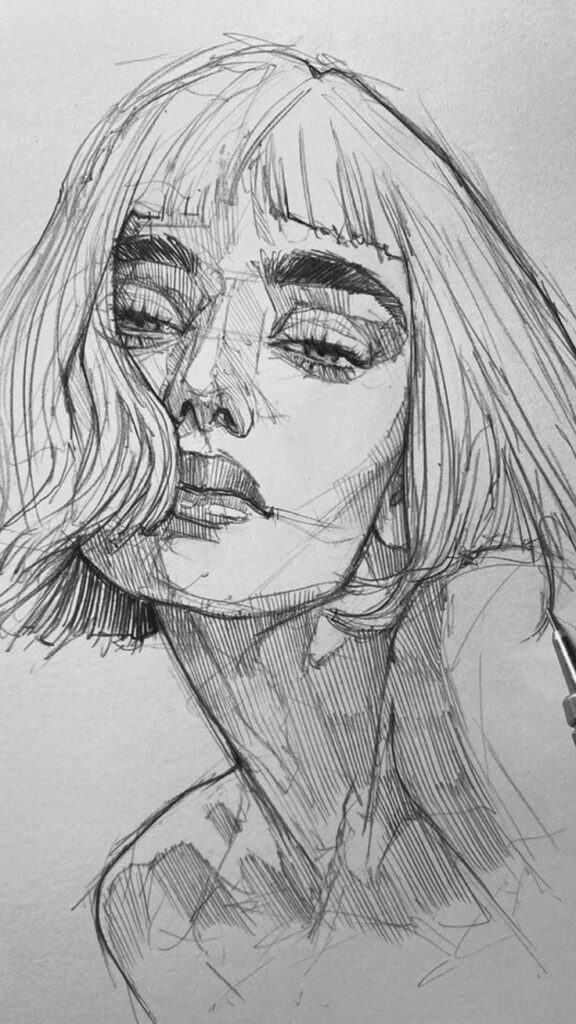
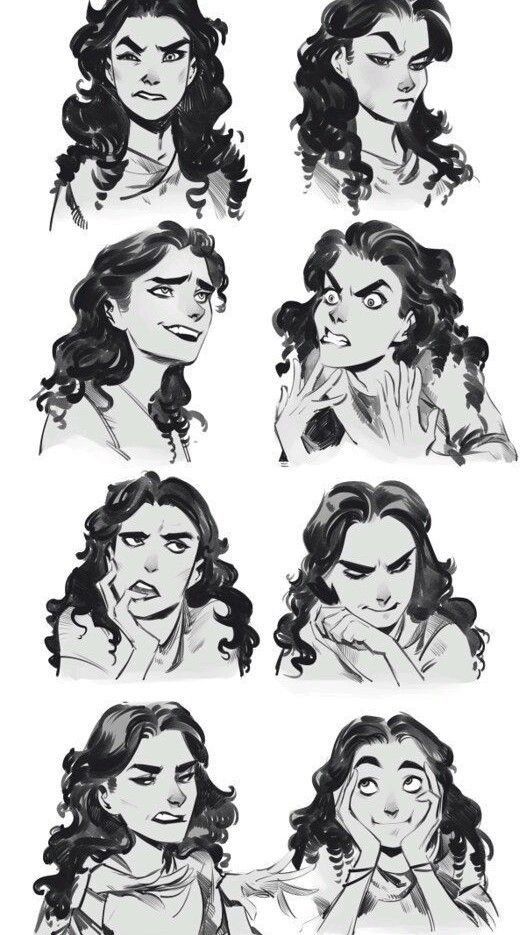
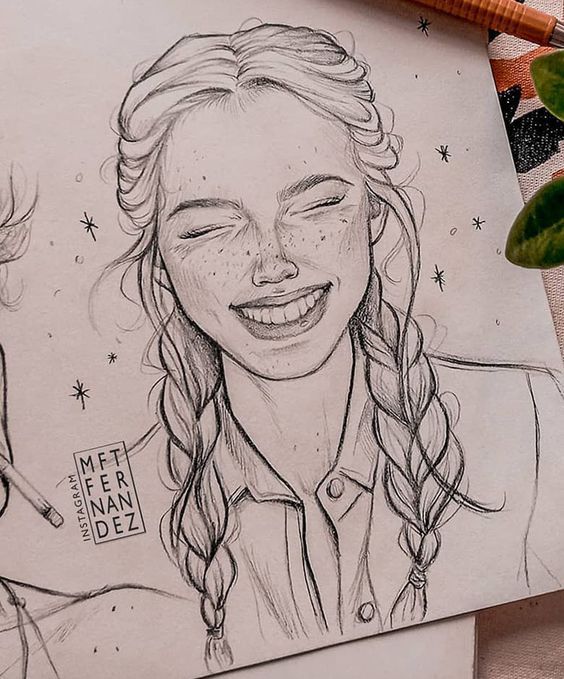
Mastering Emotional Expressions in Portraiture
Capturing emotional depth in portraits requires skill in rendering various facial expressions. Understanding how to convey emotions like happiness, sadness, anger, surprise, and disgust is key to creating expressive illustrations that tell a story.
Conveying the Basic Emotions
To accurately express basic emotions, familiarize yourself with the corresponding facial features. For instance:
- Happiness often involves upward curving lips and squinting eyes.
- Sadness is represented by drooping eyelids and downturned lips.
- Anger features furrowed brows and tight lips.
- Surprise is shown through wide-open eyes and raised eyebrows.
- Disgust is depicted by a wrinkled nose and pursed lips.
Mastering these fundamental aspects will enhance your ability to convey specific feelings. Observing real-life interactions can also provide insight into how these emotions manifest physically.
Facial Expressions for Narrative and Storytelling
Expressions play a pivotal role in storytelling through art. The subtleties in a subject’s face can evoke a narrative, guiding the viewer’s emotional experience. For effective storytelling:
- Use a mix of expressions to create contrast between characters.
- Pay attention to context; a character’s background can influence their emotional state.
- Adjust facial tension and muscle details to mirror situational changes.
Incorporating elements like background and posture can further amplify the narrative, making the portrait more engaging.
Drawing Different Emotions
Drawing various emotions requires keen observation and practice. To improve your skills:
- Study facial anatomy and how muscles shift with different emotions.
- Practice with live models or reference photos to capture real expressions.
- Experiment with exaggeration to enhance emotional clarity without losing realism.
Create a reference chart that includes sketches of each emotion with notes on their characteristics. This will serve as a helpful tool during your practice sessions.

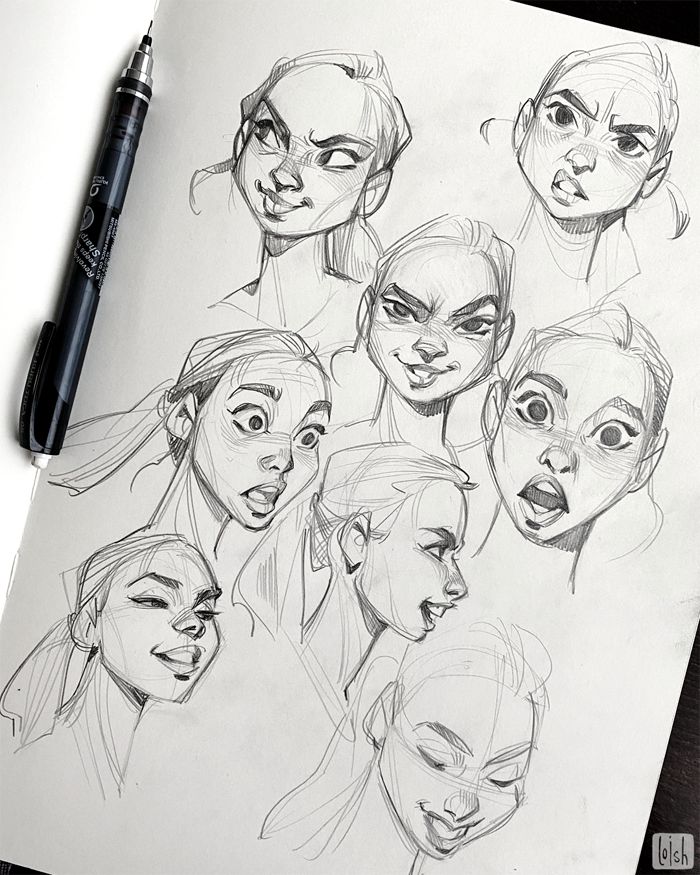
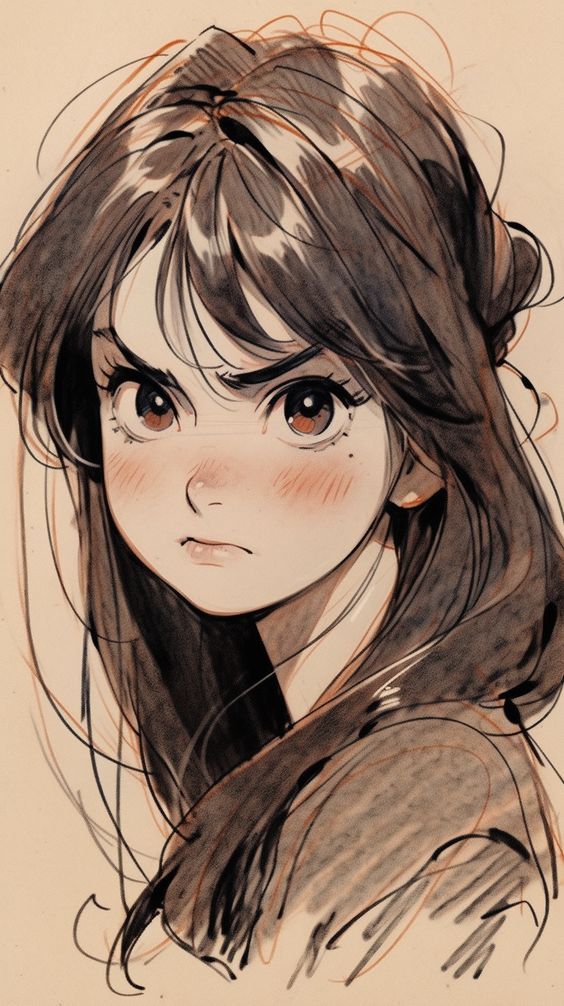
Technical Drawing Skills for Expressive Portraits
Mastering technical drawing skills is essential in capturing nuanced emotions in portraits. Two key areas to focus on are the application of shading techniques along with lighting effects and the portrayal of eyes, which convey deep emotional resonance.
Shading Techniques and Lighting Effects
Effective shading techniques enhance the three-dimensionality of facial features and emotions. Use soft lighting to create gentle transitions and realistic textures. This can imbue your subject with warmth and approachability. Employ harsh lighting for dramatic shadows, accentuating facial contours like wrinkles and angular features, heightening expressions like surprise or anger.
When shading, consider the light source’s position. Identify where shadows and highlights naturally occur. For example, when the light is above, the upper eyelids cast shadows, creating depth around the eyes. Utilize hatching and cross-hatching to build texture, resulting in more lifelike portrayals. Consistent shading can unify elements of the face, further enhancing emotional expression.
Focus on the Eyes: Windows to Emotion
The eyes are pivotal in any portrait, often described as the “windows to the soul.” Pay close attention to their shape, pupils, and irises, as they convey the subject’s feelings. Note how slightly narrowed or wide eyes not only display surprise but also convey intensity in emotion.
To enhance expressiveness, emphasize the upper eyelids and the relationship between the iris and sclera. This variation can indicate different emotions, such as fear or joy. Focus on texture around the eyes to illustrate age and experience, adding wrinkles or bags as needed. Small details, like the reflections of light in the iris, can elevate the intensity of the gaze, capturing the viewer’s attention and conveying subtle emotions effectively.
Tools and Practices for the Digital Artist
Understanding the essential tools and practices is crucial for crafting expressive portraits. Both traditional techniques and digital enhancements play a significant role in achieving depth and emotion in your artwork.
Graphite Pencil to Photo Editing Software
Starting with a graphite pencil allows you to develop a strong foundation for your portrait. Begin by sketching the basic shapes and features, paying attention to proportions and expressions. This step helps you grasp the essential characteristics of your subject.
Once you transition to digital tools, photo editing software becomes vital. Programs like Adobe Photoshop or Corel Painter allow you to adjust texture, lighting, and color to enhance your portrait. Use layers to experiment with different effects without losing your original sketch. This flexibility lets you refine your work until it accurately captures the emotions you intend to convey.
Creating an Expressive Portrait from a Reference Photo
Using a reference photo is a practical approach for any portrait artist. Choose a photo that displays clear emotions or personality traits. Focus on key aspects like lighting and composition, as these impact how viewers perceive your work.
When translating the reference into your digital art, take note of the subtle nuances of facial expressions. Pay attention to the texture of the skin and the highlights in the eyes, as they can dramatically influence the overall feel of the portrait. Adjust features as necessary to heighten emotional impact while maintaining likeness. Making these considerations will enhance the expressiveness of your work.
- 691shares
- Facebook0
- Pinterest690
- Twitter1
